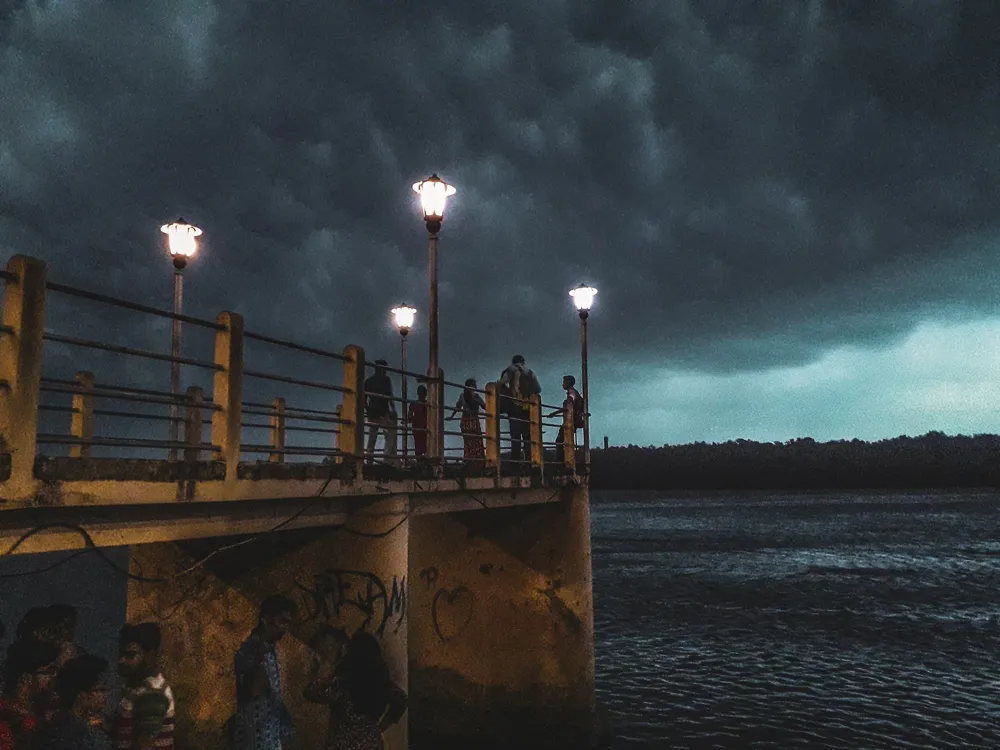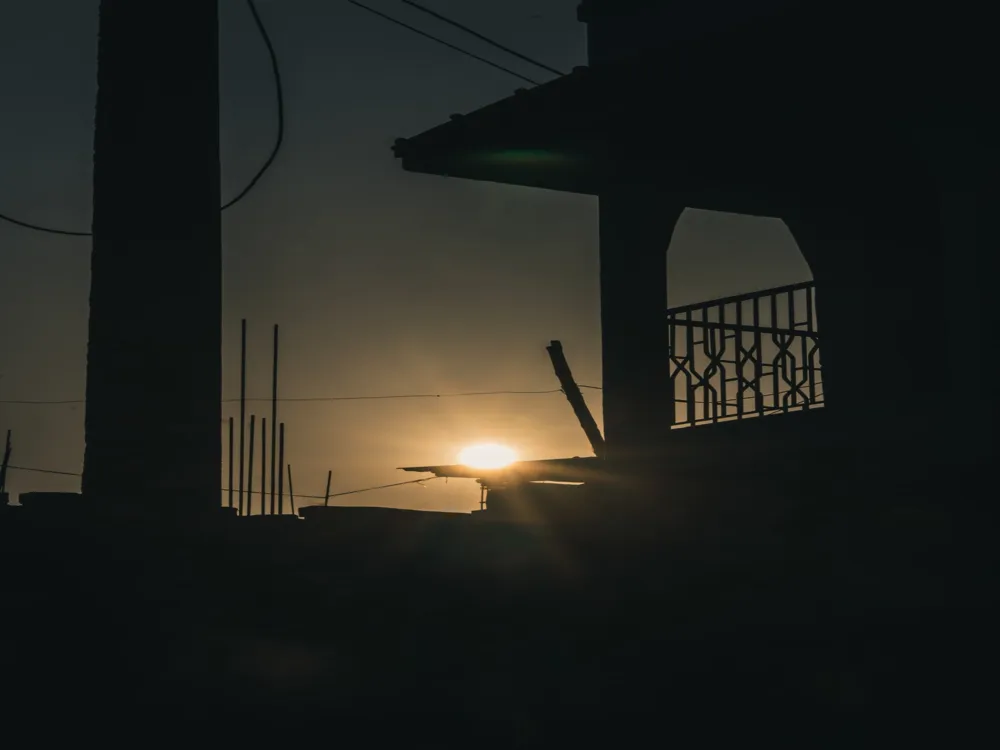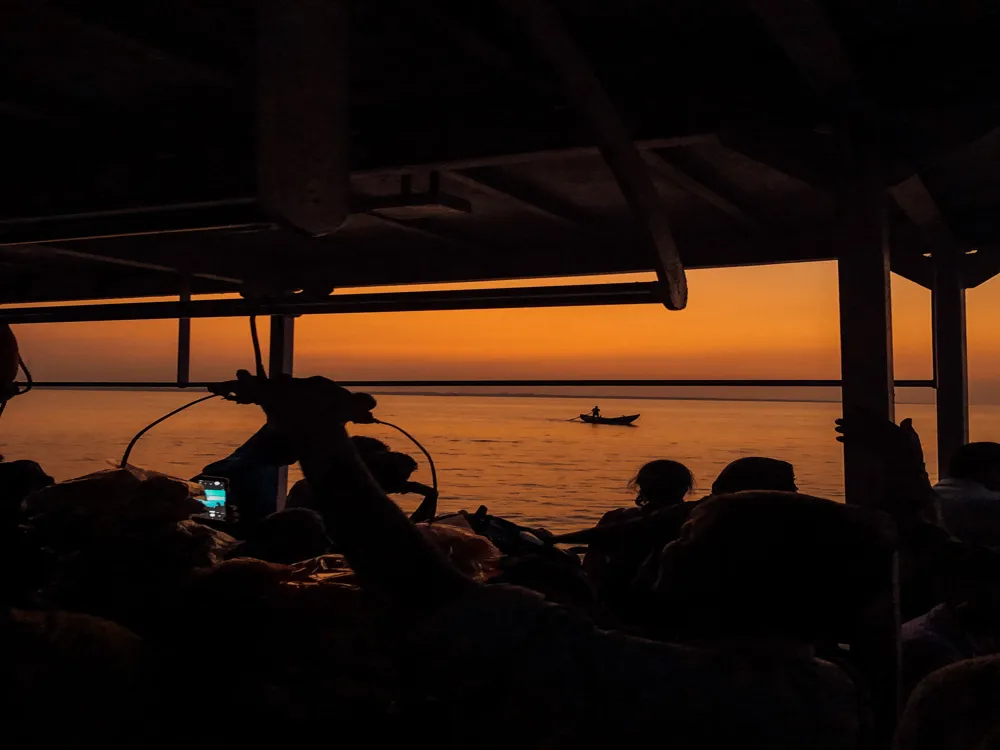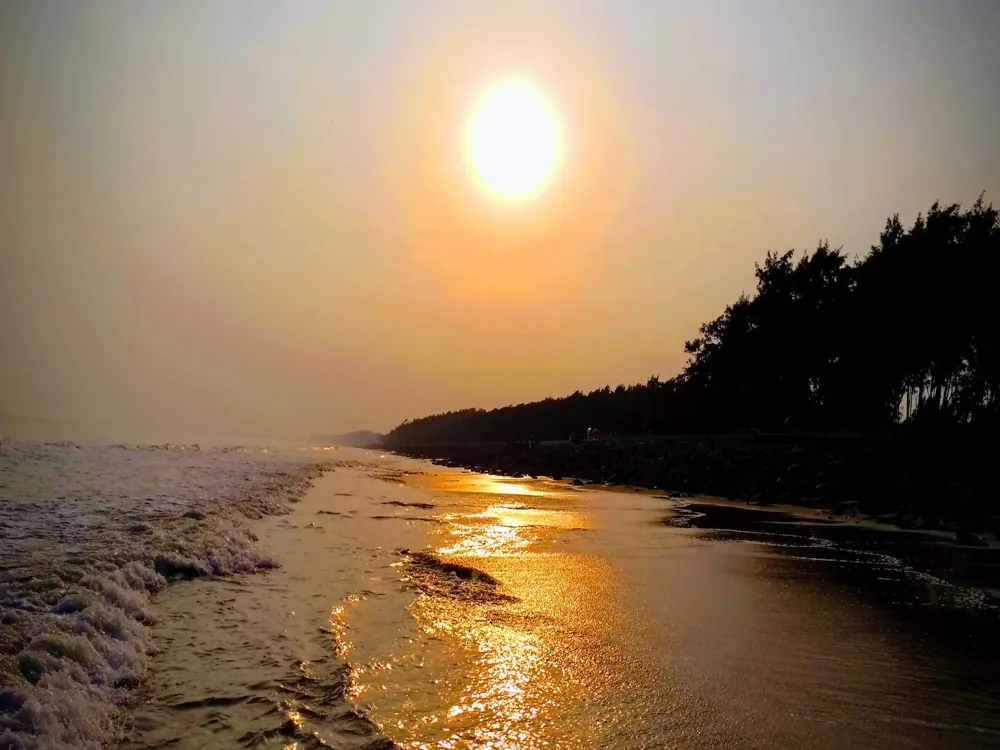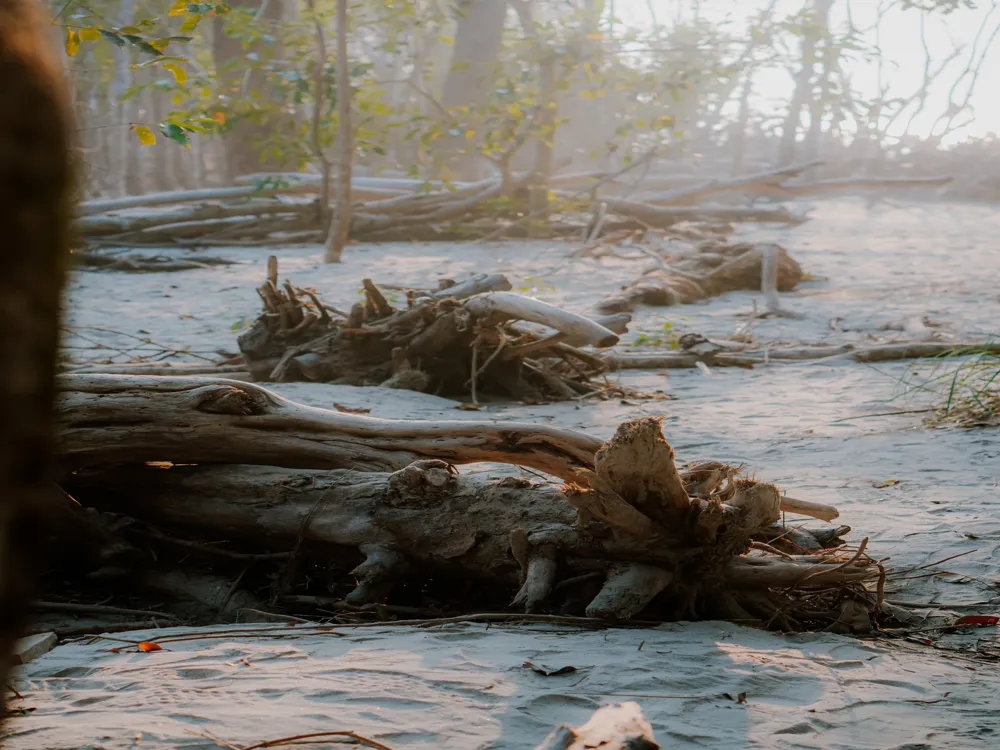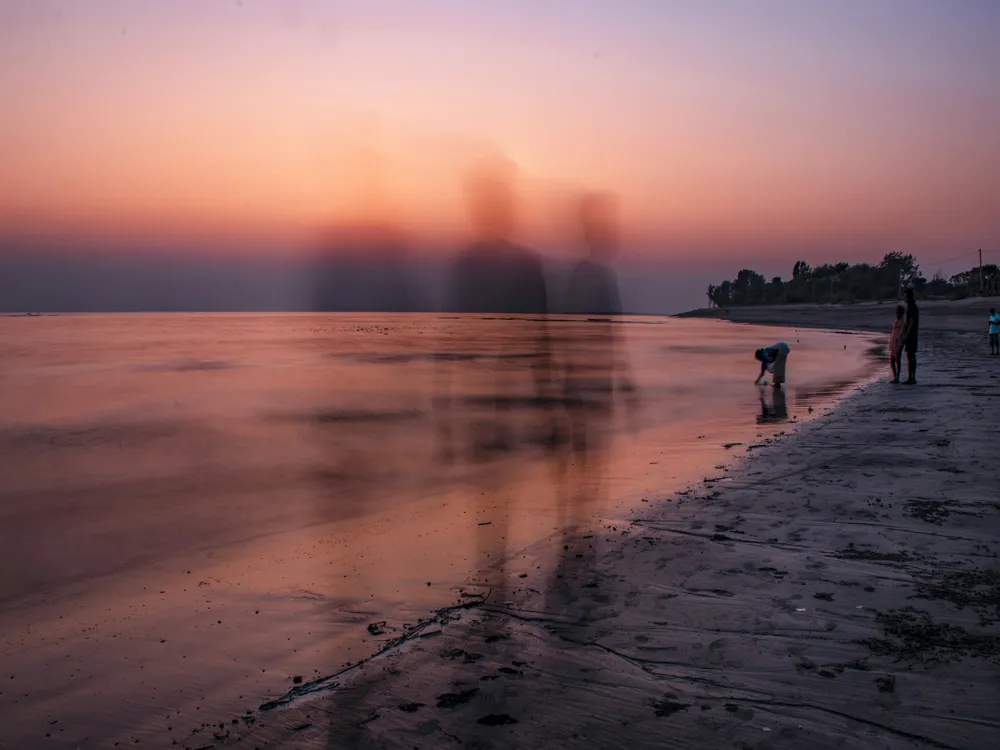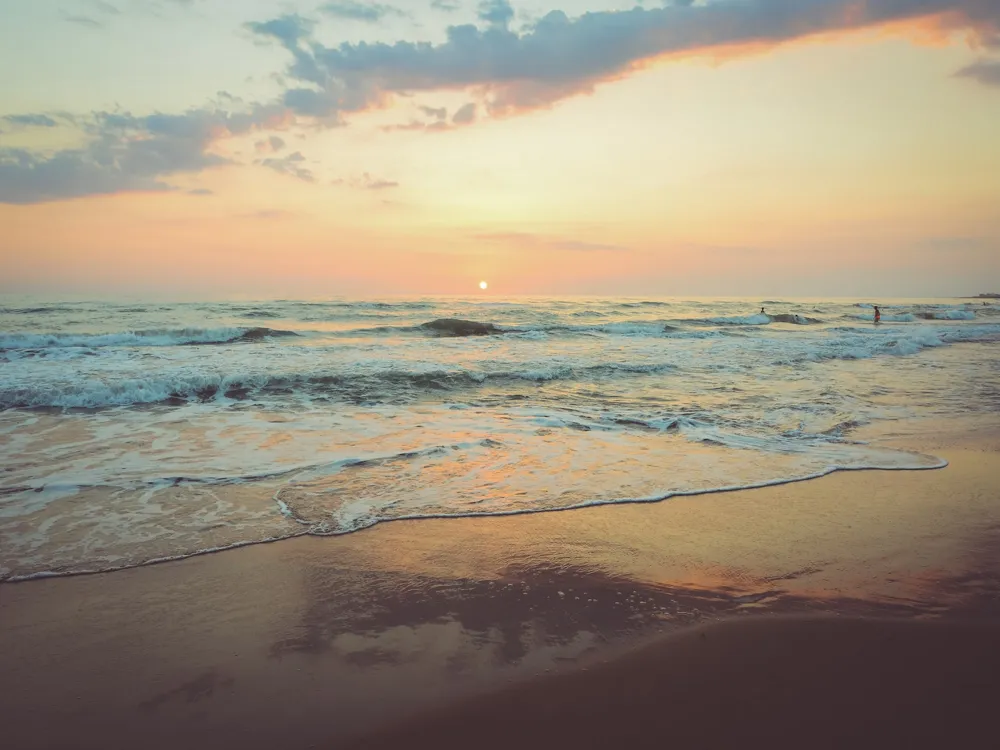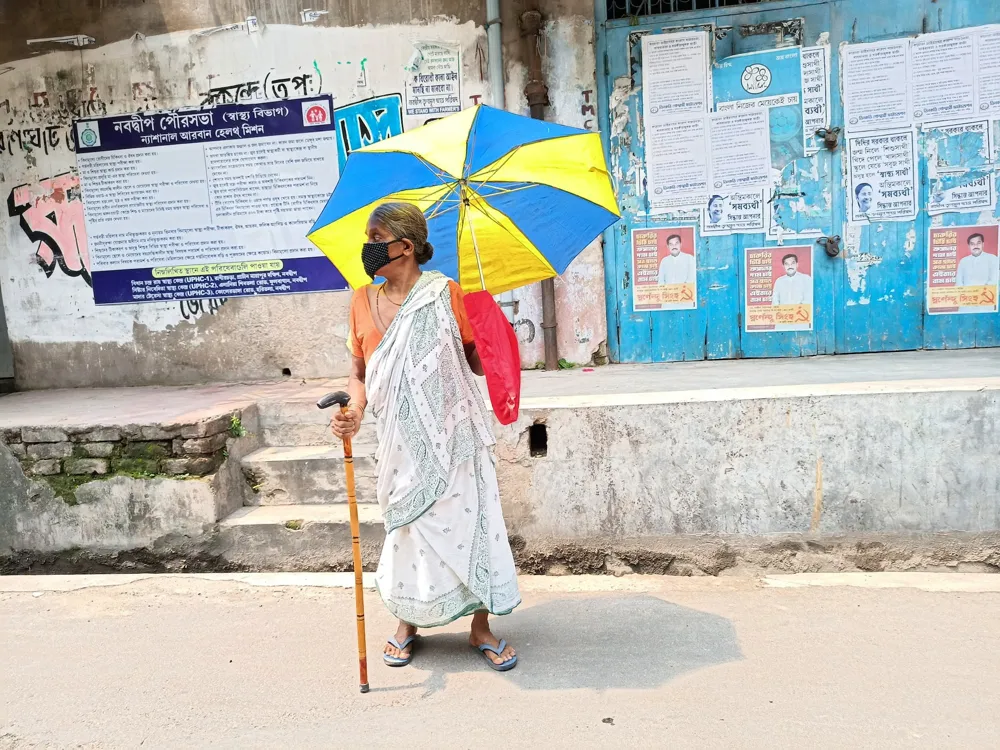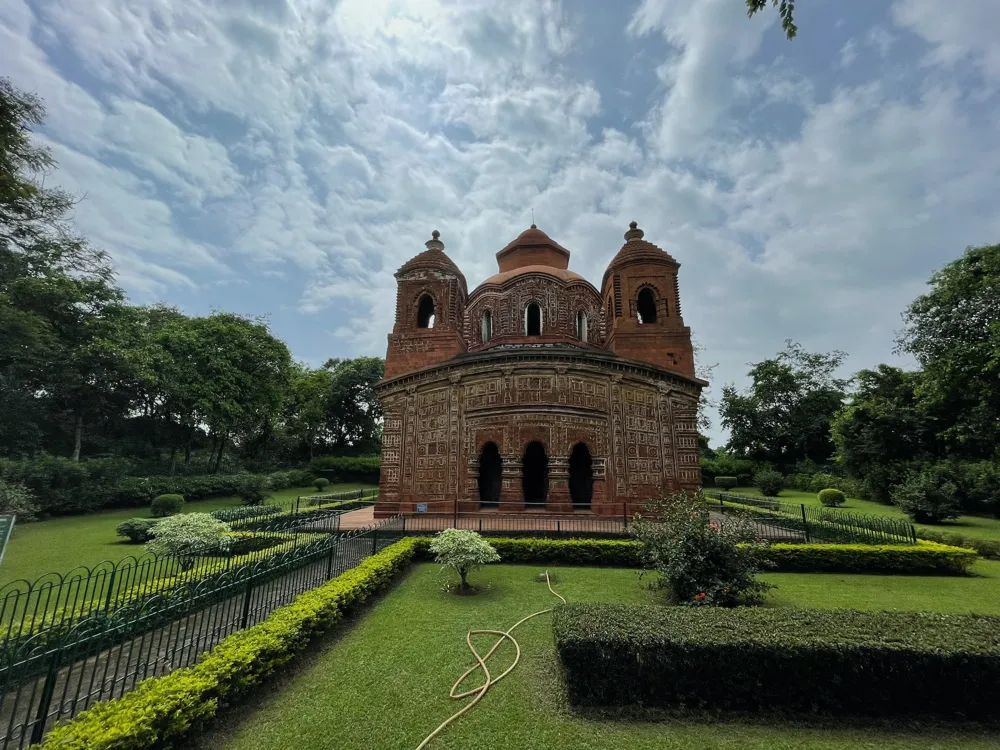The Howrah Bridge, an iconic landmark of Kolkata, West Bengal, stands as a marvel of engineering and a symbol of the city's vibrant history and culture. Officially named Rabindra Setu after the revered poet Rabindranath Tagore, this bridge is not just a mere thoroughfare; it's a living testimony to Kolkata's architectural and cultural evolution. Spanning the Hooghly River, it connects the city of Howrah to Kolkata and is one of the busiest bridges in the world. The structure's massive framework, without any nuts and bolts, is a unique feature, making it an engineering masterpiece. Its significance extends beyond its function as a bridge - it's an emblem of Kolkata's spirit, resilience, and architectural ingenuity. The architecture of Howrah Bridge is a fascinating blend of engineering brilliance and aesthetic beauty. Constructed during the British colonial era, it was commissioned in 1943 and is one of the world's largest cantilever bridges. The bridge's design is a classic example of the cantilever truss type, made entirely of steel. It stretches about 705 meters (2,313 feet) in length and 97 feet in width, with a central span of 1500 feet without any pylons or pillars in the river. This engineering feat was achieved by using rivets, an astounding fact considering its size and the period during which it was built. The intricate lattice work on the bridge not only contributes to its structural integrity but also adds to its aesthetic appeal, making it a remarkable example of industrial design melded with architectural elegance. This section further explores the bridge's design, construction challenges, and its significance in the realm of architectural engineering. The design of the Howrah Bridge was a monumental task, considering the technological limitations of the early 20th century. It was conceptualized by the British firm, Cleveland Bridge & Engineering Company, and took about 7 years to complete. The bridge's design had to account for the tumultuous waters of the Hooghly River, as well as the heavy traffic it would endure. This resulted in the choice of the cantilever truss design, which, without center supports, provides unobstructed passage for river traffic. The entire structure was built using high-tensile steel, sourced from England, and involved the assembly of over 26,500 tons of steel. The construction process faced numerous challenges, including logistical issues, the outbreak of World War II, and the technical complexity of assembling such a massive structure without modern machinery. The structural ingenuity of the Howrah Bridge lies in its ability to withstand heavy loads and natural calamities without the aid of a single nut or bolt. The bridge is entirely riveted, a testament to the engineering skills of its creators. Its design allows for both longitudinal and lateral movements, accommodating the natural sway caused by wind or traffic loads. The deck system is supported by two massive cantilever arms extending from the towers, with suspended sections completing the central span. This ingenious design not only provides structural stability but also ensures durability against the corrosive environment over the Hooghly River. The architectural significance of the Howrah Bridge extends beyond its functional role. It stands as a remarkable example of industrial architecture, combining functionality with visual grace. The lattice work and the geometric patterns formed by the trusses make the bridge not just an engineering utility but also a visual treat. Its presence has influenced the cultural and social life of Kolkata, becoming an integral part of the city's identity. The bridge has been featured in numerous artworks, films, and literature, showcasing its impact on the creative minds. Its architectural beauty and historical relevance make it a must-visit for architecture enthusiasts and history buffs alike. The ideal time to visit the Howrah Bridge is during the cooler months of October to March. The weather is pleasant, and the clear skies offer a perfect backdrop for photographs. Early mornings or late evenings are recommended to avoid the bustling traffic and to experience the mesmerizing view of the bridge lit up against the night sky. Howrah Bridge is easily accessible by various modes of transport. Visitors can take the local city buses, taxis, or even the ferry services to reach the bridge. For a unique experience, taking a boat ride under the bridge offers a spectacular view of its grandeur and architectural details. While visiting the bridge, it's important to be mindful of safety and local etiquette. Pedestrians should stick to the footpath, and photography is best done from the adjoining areas rather than the busy road. As it's a bustling thoroughfare, visitors should be cautious of the heavy traffic and adhere to safety norms. The area around Howrah Bridge is rich in cultural and historical attractions. The nearby Howrah Station, one of the oldest in India, is worth a visit. Other attractions include the Belur Math, Dakshineswar Kali Temple, and the bustling flower market at Mullick Ghat, offering a glimpse into the daily life of Kolkata. Reaching Howrah Bridge is convenient, given its central location in Kolkata. The nearest major landmark is the Howrah Railway Station, a major transport hub. Visitors can easily hire taxis or auto-rickshaws from different parts of the city. The Kolkata Metro also provides a comfortable and efficient way to reach the vicinity of the bridge, with the nearest metro station being Mahatma Gandhi Road station. For those interested in a scenic route, ferry services operate across the Hooghly River, offering a unique perspective of the bridge. Read More:Overview of Howrah Bridge, Kolkata
Architecture of Howrah Bridge
Design and Construction
Structural Ingenuity
Architectural Significance
Tips When Visiting Howrah Bridge
Best Time to Visit
Transport and Accessibility
Safety and Etiquette
Nearby Attractions
How To Reach Howrah Bridge
Howrah Bridge
Kolkata
West Bengal
NaN onwards
View kolkata Packages
Weather :
Label : Must Visit
Tags : Bridge
Time Required : 1-2 hours
Entry Fee : No entry fee
Built Over : Hooghly River
Official Name : Rabindra Setu
Length : 705 m
Height : 82 m
Width : 71 ft along with two footpaths of 4.6 m on either side
Functional Since : February 3, 1943
Planning a Trip? Ask Your Question
Also Refered As:
Rabindra Setu
Kolkata Travel Packages
View All Packages For Kolkata
Top Hotel Collections for Kolkata

Private Pool

Luxury Hotels

5-Star Hotels

Pet Friendly
Top Hotels Near Kolkata
Other Top Ranking Places In Kolkata
View All Places To Visit In kolkata
View kolkata Packages
Weather :
Label : Must Visit
Tags : Bridge
Time Required : 1-2 hours
Entry Fee : No entry fee
Built Over : Hooghly River
Official Name : Rabindra Setu
Length : 705 m
Height : 82 m
Width : 71 ft along with two footpaths of 4.6 m on either side
Functional Since : February 3, 1943
Planning a Trip? Ask Your Question
Also Refered As:
Rabindra Setu
Kolkata Travel Packages
View All Packages For Kolkata
Top Hotel Collections for Kolkata

Private Pool

Luxury Hotels

5-Star Hotels

Pet Friendly













